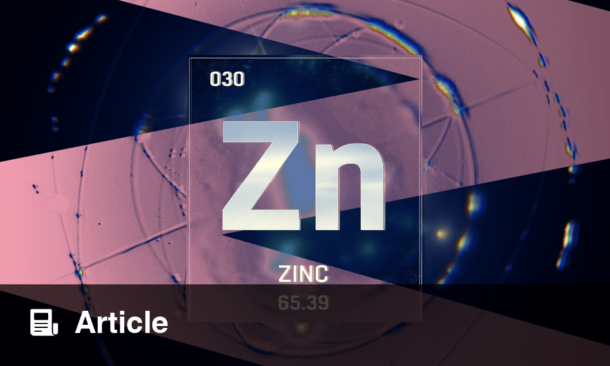FIBROSIS of the liver has been found to be limited by insulin-like growth factor-I (IGF-I), typically induced by growth hormones, according to a study by Dr Hitoshi Nishizawa, Division of Diabetes and Endocrinology, Kobe University Hospital, Kobe, Japan, and colleagues. The authors stated: “We demonstrated that IGF-I has a potential therapeutic application for non-alcoholic steatohepatitis (NASH) and liver cirrhosis.”
Currently, there are no effective treatments for NASH, especially after fibrosis develops, so this finding has important implications. Although not all individuals with NASH develop fibrosis, once this develops, cirrhosis occurs and there are few treatments that can halt progression of the disease. Over a 14-year period it was found that the chance of dying was approximately double for patients with NASH compared to patients with non-alcoholic fatty liver disease. The presence and extent of fibrosis and cirrhosis represents a major factor in the prognosis of patients with NASH.
Dr Nishizawa and colleagues initially noted that NASH was more prevalent in individuals who were deficient in growth hormone. They investigated this in their study, finding that this was due to a lack of IGF-I, typically induced by growth hormone. The team built on this finding using animal models. It was demonstrated that after being treated with IGF-I for 1 month, mice with obesity-related NASH displayed significant improvements in steatosis, inflammation, and fibrosis. Upon consideration of the underlying mechanism, it was shown that IGF-I triggers cellular senescence in hepatic stellate cells, which are a key promoter of fibrosis. Furthermore, IGF-I led to increased mitochondrial function and diminished oxidative stress in the liver, reducing inflammation and fatty deposits.
As there is currently a limited number of drugs approved for the suppression of NASH-related liver fibrosis and other complications, the researchers envisage that the findings of this study could result in the development of new ways to block fibrosis and thereby enhance the prognosis for patients with NASH and cirrhosis. Additionally, they may facilitate treatment of other liver conditions, including viral hepatitis.








